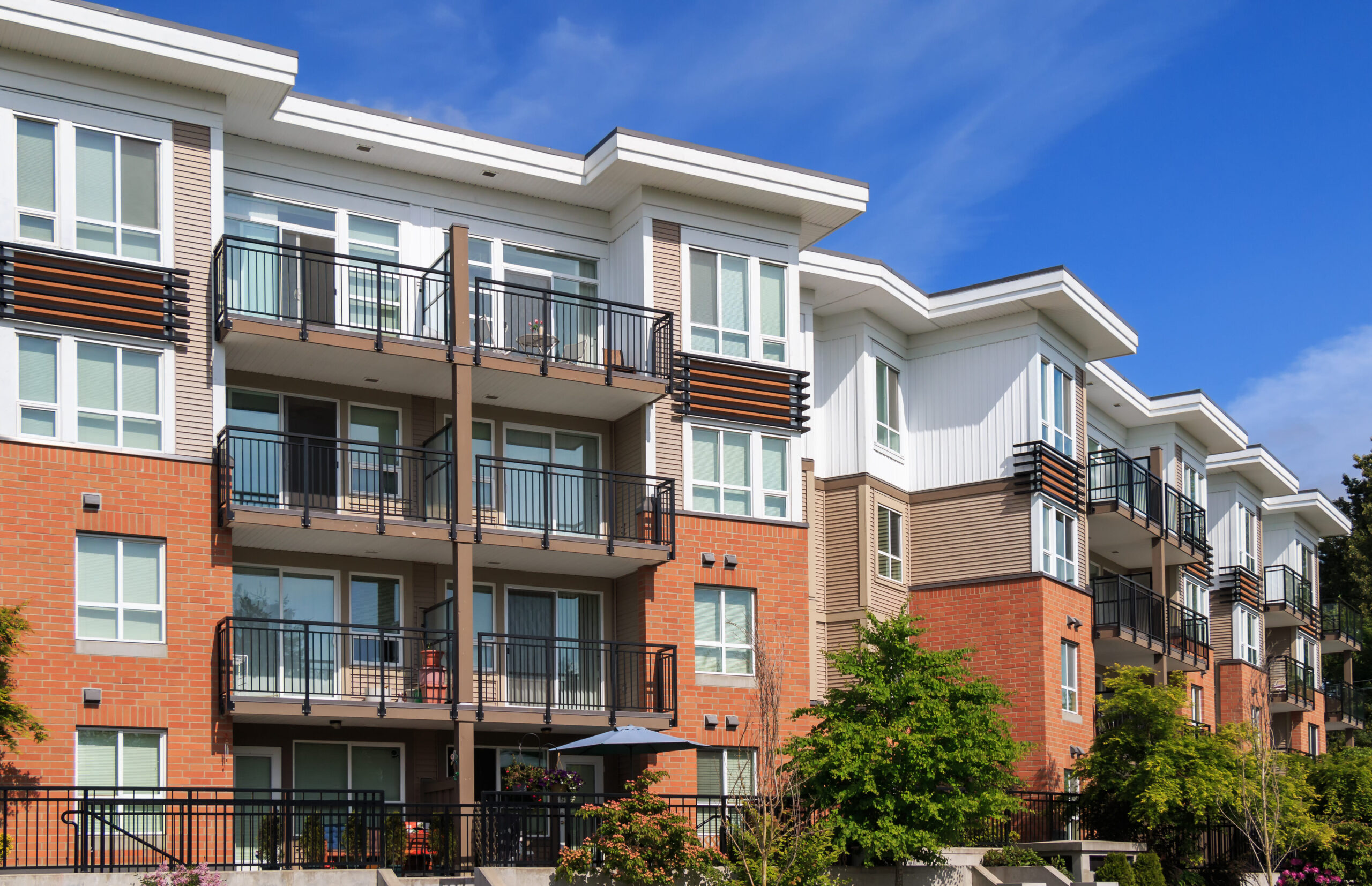As briefly referenced in its recent occupancy report, the National Investment Center (NIC) has developed a new metric to measure how quickly a market is absorbing available senior housing units, in ratio with the number of new units being added to that market. This metric, called the Absorption to Inventory Velocity ratio, is explained in the NIC August 2023 Insider Newsletter.
Three ratios are calculated for a given market—across all seniors housing, majority independent living (IL) only, and majority assisted living (AL) only—by dividing the total number of housing units newly occupied by the total number of new housing units added to a given market in a given quarter. The AIV is meant to measure how efficiently a given market can “absorb,” or rent/sell, housing units that are available in that market in comparison to how many new units were added to the “inventory” of the market.
Note: for the purposes of this new metric, NIC does not include skilled nursing facility (SNF) units or affordable housing units in the analysis. This data and analysis applies primarily to majority IL and majority AL providers.
In its introductory review, NIC segmented the quarters analyzed (in total, from 2005 to the present day) into three categories: the pre-pandemic, pandemic, and pandemic recovery years. Within these broader segments, there are three possible scenarios: a high-positive ratio, low-positive ratio, and negative ratio. Not surprisingly, the pre-pandemic era was mainly characterized by the low-positive ratio; this means that while there were some newly-occupied units within that market, these were less than the benchmark of newly added units, roughly below a ratio of 1:1. Part of the explanation for this phenomenon was that, while demand was softening for both IL and AL units, housing providers were oversupplying new units to the market.
The pandemic era was characterized by the negative ratio, wherein the ratio of newly occupied units to newly added units dropped below 0:1. This, of course, was because individuals were vacating IL and AL units during the pandemic, demand was very sluggish, and the capital markets were seeding funds to build new units readily.
The pandemic recovery years, which started in 2021, have been encouragingly characterized by the high-positive ratio. Majority-AL housing has reached an all-time high of 68:10 AIV, especially in secondary markets; majority IL and all seniors housing, while not quite at that mark, are seeing ratio highs that mirror those seen prior to the pre-pandemic period. The pent-up demand for high-acuity care is what has caused this surge in the majority-AL AIV, along with a slowing of the release of new inventory in the markets.
The AIV article ends with the observation that, while these preliminary AIV analytics are encouraging, there are still ample units available in the primary and secondary seniors housing markets (113,348 and 53,854 units respectively), and a significant number of new units under construction (4,401 and 15,057 units, respectively) and yet to be released. While it appears that the “velocity of absorption” will continue in the near term, the article advises senior housing providers to carefully follow their markets’ AIV ratios and be prepared for fluctuations as new units are added.

 Shutdown Week Three: Impact of Ongoing Closure on Affordable Housing
Shutdown Week Three: Impact of Ongoing Closure on Affordable Housing RHT Program Awards: All 50 States To Receive Funds, Says CMS
RHT Program Awards: All 50 States To Receive Funds, Says CMS CMS Publishes Draft OASIS-E2 Guidance Manual
CMS Publishes Draft OASIS-E2 Guidance Manual CMS Debuts Models: ACCESS, ELEVATE and LEAD
CMS Debuts Models: ACCESS, ELEVATE and LEAD


